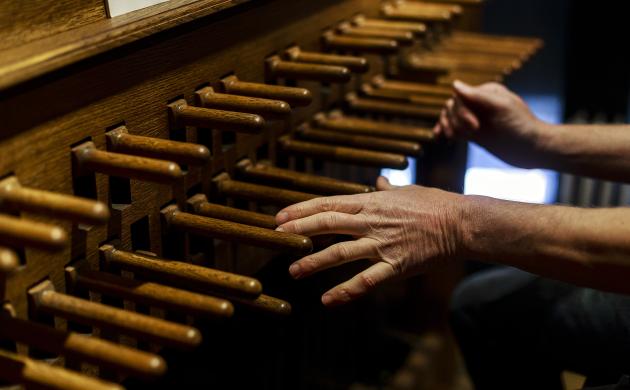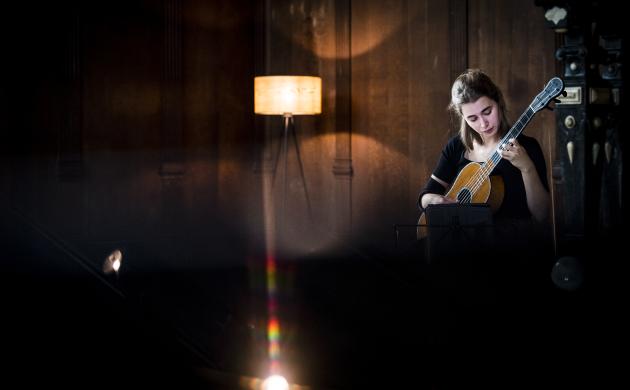About the instrument
In the early 17th century, the lute was one of the most popular musical instruments in the Low Countries. Parents of standing who wanted to give their children a good start in life, and had the financial means to do so, gave them music lessons. The most popular instruments at the time were the harpsichord and ... the lute.
The lute went through a total structural evolution, and various closely related instruments also emerged, with names such as 'theorbo', 'arch lute', 'chitarrone' and 'theorbo lute', all part of the vast lute family.
To expand the musical possibilities of the lute and to better compete with other instruments such as the harpsichord, instrument makers experimented extensively with the instrument. Before 1500, the lute usually had five courses (with each course usually consisting of double strings). Over time, additional courses were added to the bass side. While a lute had six courses around 1500, by 1620 there were up to 10 or 12. Since ever deeper notes required longer strings, a kind of extension was added to the neck, on which these long strings could be attached.
A typical 'Flemish' model?
Some lute makers freely experimented with the structure of their instruments. A handful of paintings by painters including Theodore Rombouts (Card-playing company with Lute Player), Peter Paul Rubens (The Education of Marie de'Medici) and Jan Brueghel (II) (Vanitas Allegory) depict unique lutes.
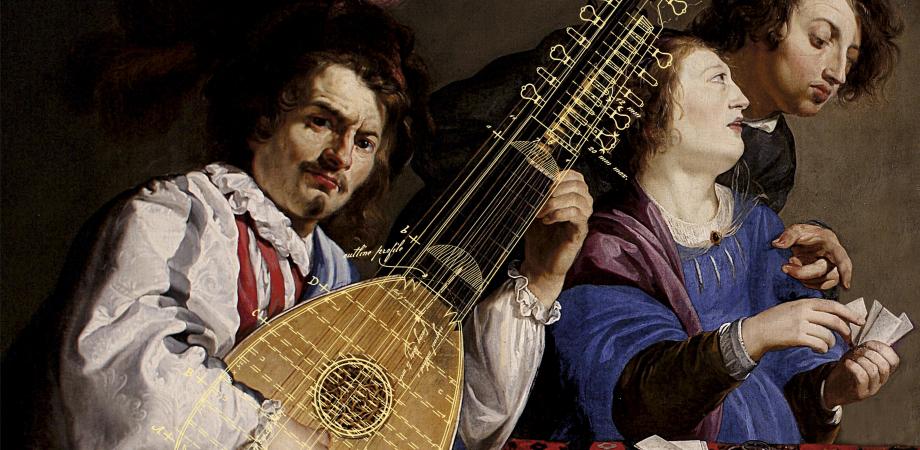
Lemuel Quiroga, design drawing, laid over Theodore Rombouts, Card playing company with lute player, National Museum, Warsaw
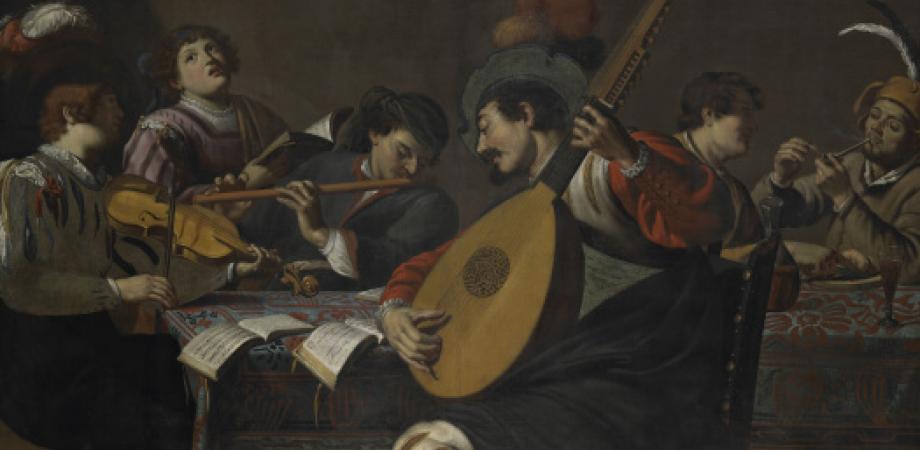
Anonymous (after Theodore Rombouts), The concert, Musée des Beaux-Arts, Valenciennes
Peter Paul Rubens, The Education of Marie de Medici (detail), Louvre, Paris
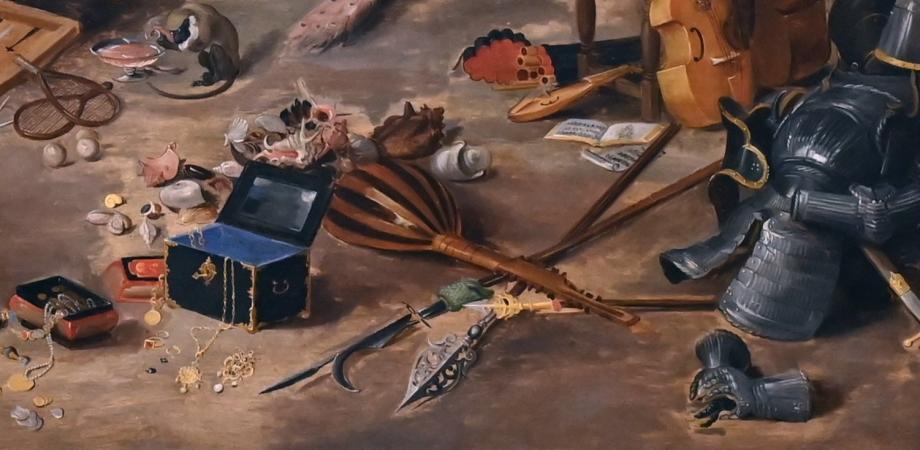
Jan Brueghel (II), Vanitas allegory (detail), Galleria Sabauda, Turin
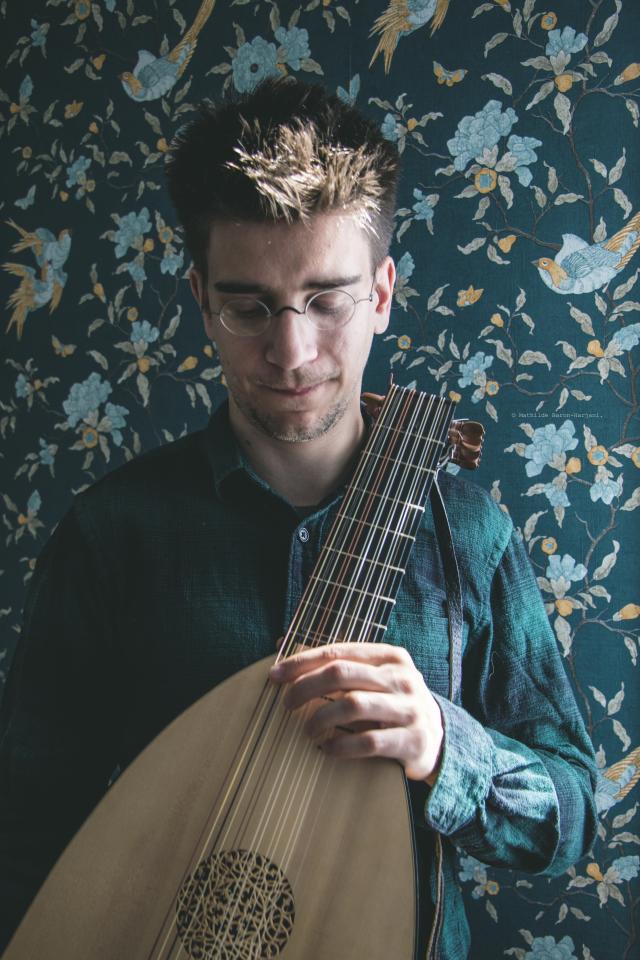
Justin's lute
The instruments in this painting all closely resemble the theorbo or the arch lute: they have a long neck, extra bass strings and the neck ends in two screw cases that are an extension of the neck. However, what makes the depicted instruments unique is the position of the upper screw case, that of the bass strings. On a traditional (arch) lute or theorbo, the nut is lower on the instrument than the screw case. In the depicted instruments, it is exactly the opposite: the nut is at the very end of the instrument. That means the strings beyond the nut make a 180° bend to the back of the screw case over a roller (movable or not), and are connected to their tuning screws there. The major advantage seems to be that the screw case is therefore a lot closer to the musician and easier to reach when tuning.
Curiously, no historical examples of this type of instrument have survived, only painted examples. Moreover, these instruments are only depicted in paintings by artists from the Southern Netherlands (roughly present-day Flanders). It may therefore have been a model produced here only in the years 1620-1640. As such, for convenience, we call these instruments 'Flemish lutes' or 'Flemish theorbos'.
It is precisely one of these instruments that Justin Glaie built for the museum. This instrument has 11 string courses, divided into 6 standard strings (5 of which were double strung) and 5 additional bass strings (all double strung) and connected by a double screw case.
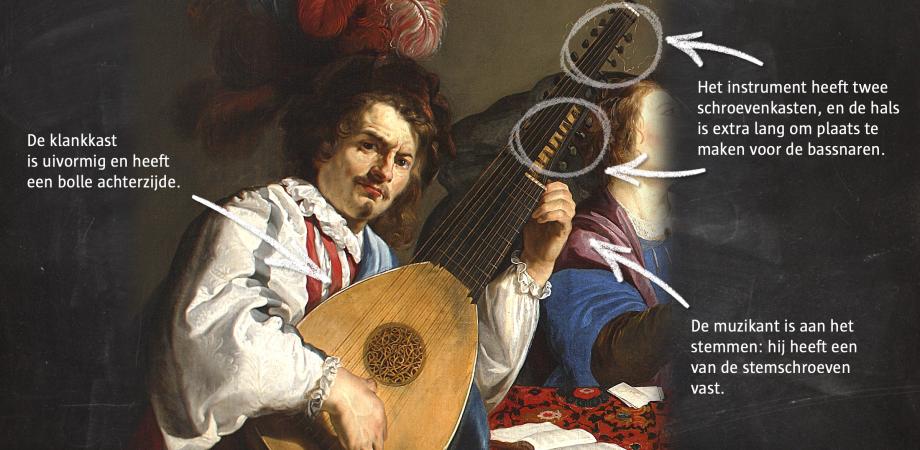

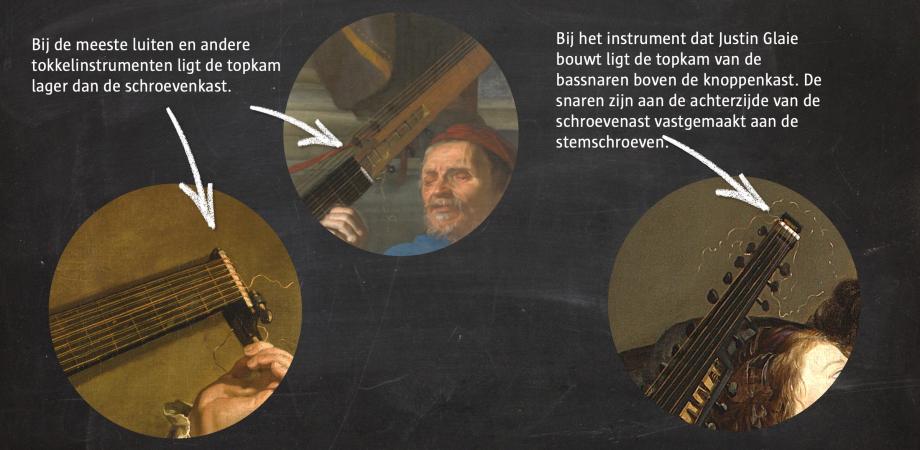
The construction process in pictures
Justin started working on the project in 2021. The work started with a lot of research, with Glaie searching for as many images of this unusual instrument as possible. Actual construction started in 2022.
At the museum's request, photographer Malou Van den Heuvel recorded the construction process.
 © Malou Van den Heuvel
© Malou Van den Heuvel
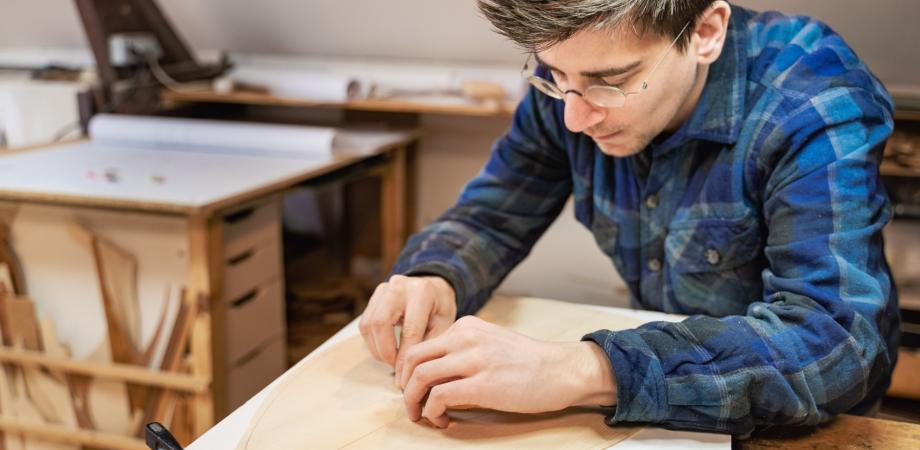 © Malou Van den Heuvel
© Malou Van den Heuvel
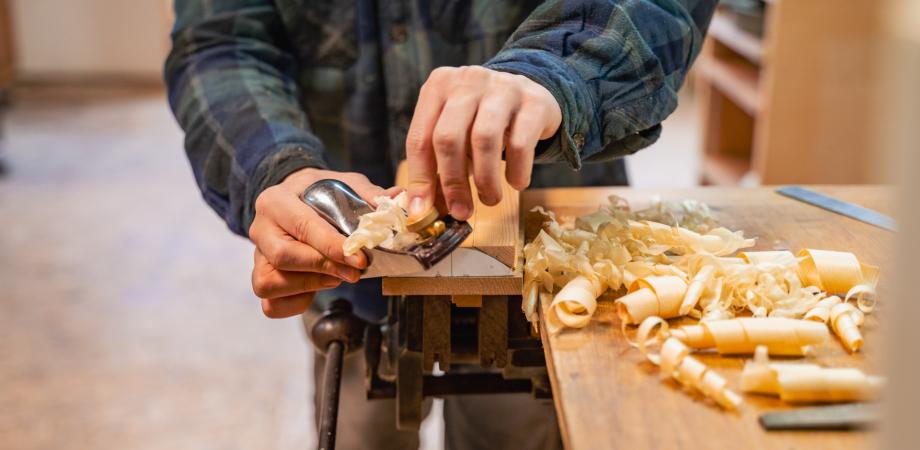 © Malou Van den Heuvel
© Malou Van den Heuvel
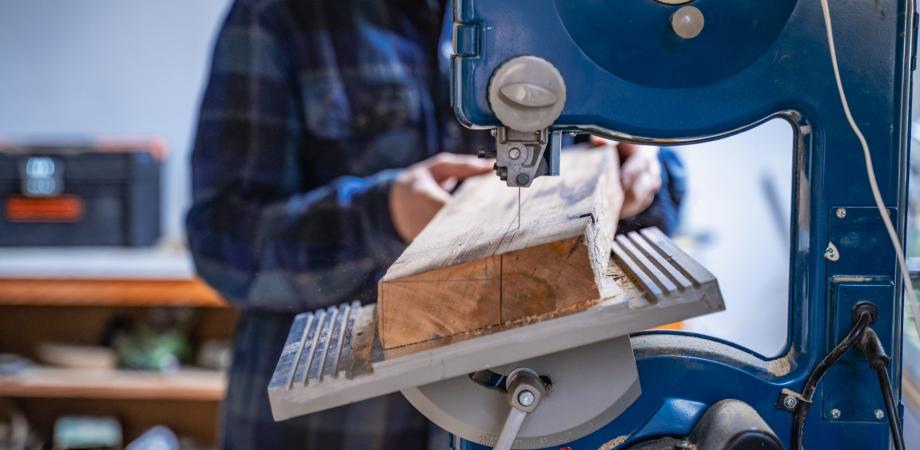 © Malou Van den Heuvel
© Malou Van den Heuvel
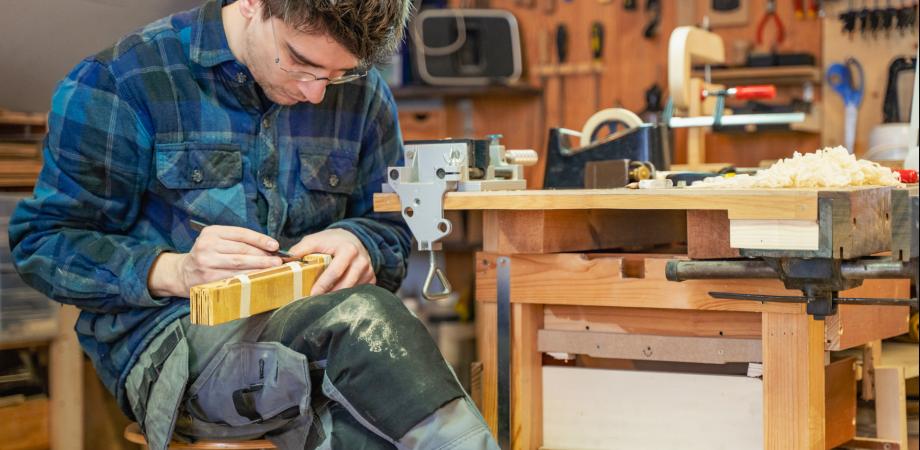 © Malou Van den Heuvel
© Malou Van den Heuvel
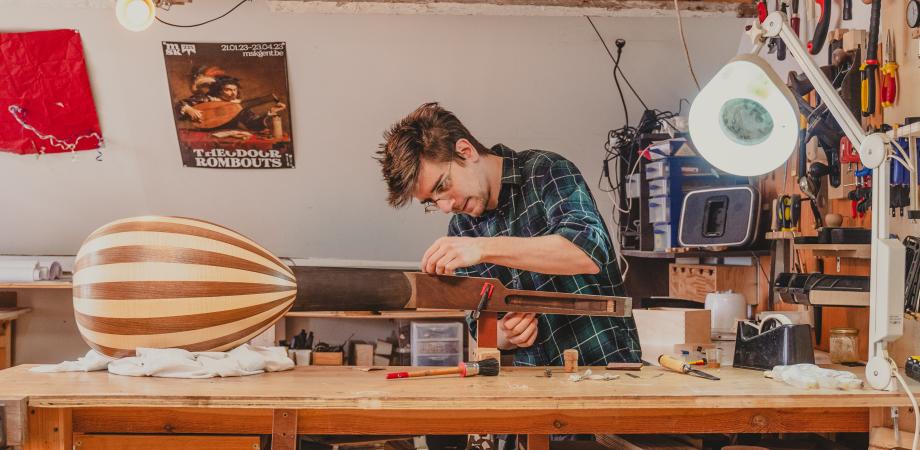 © Malou Van den Heuvel
© Malou Van den Heuvel
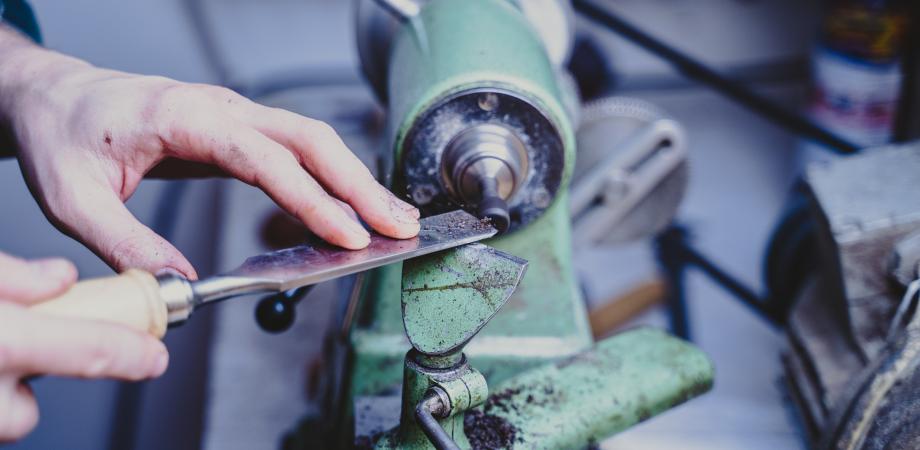 © Malou Van den Heuvel
© Malou Van den Heuvel
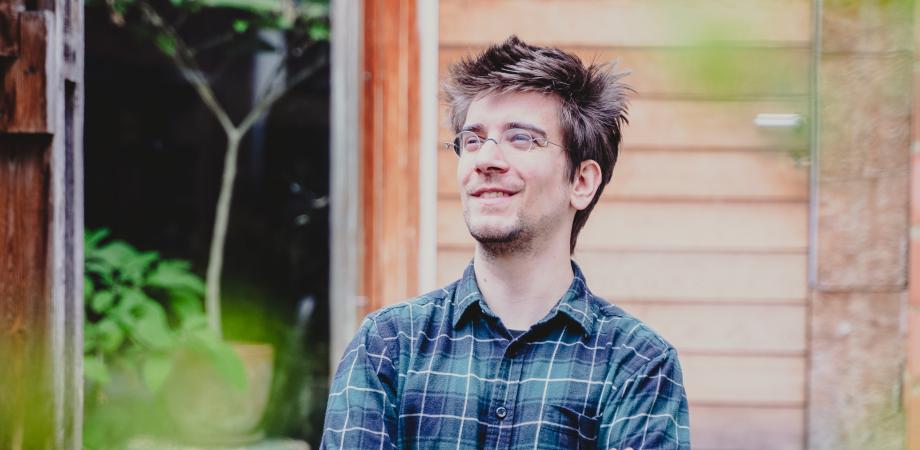 © Malou Van den Heuvel
© Malou Van den Heuvel
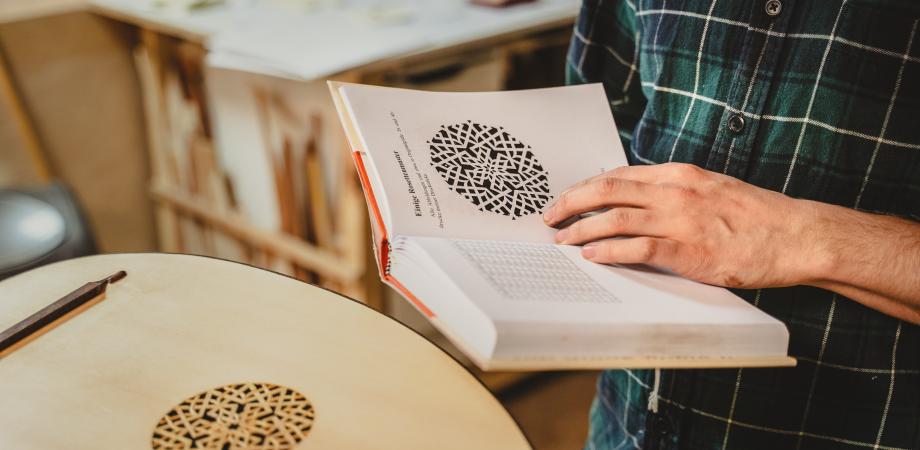 © Malou Van den Heuvel
© Malou Van den Heuvel
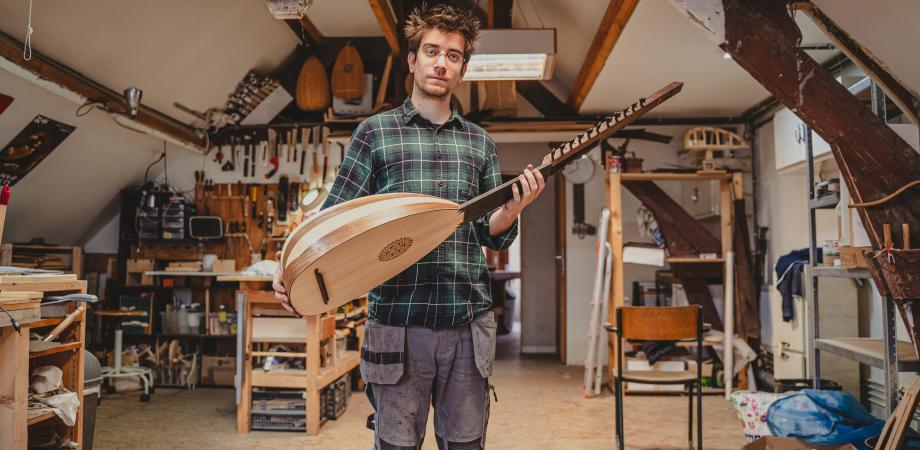 © Malou Van den Heuvel
© Malou Van den Heuvel
Concert performance
On 24 May 2023, Justin Glaie and the Sweete Devils ensemble presented the result. They proposed a programme of music ideally suited to the instrument: Emmanuel Adriaensen, Gregorius Huwet, Leonora Duarte, Constantijn Huygens,...
Before the instrument was given a permanent home in the museum, Justin took it along to concerts in Belgium and abroad.
Listen to the lute
Justin plays the lute and explains more about this special instrument and how it was built.
Thanks to Frederica Van Dam, Greet Schamp, Dirk De Hertogh, David van Edwards and Andreas Schlegel.



